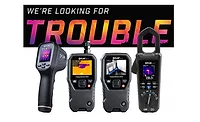How Test and Measurement Tools Can Help Make PPE Decisions
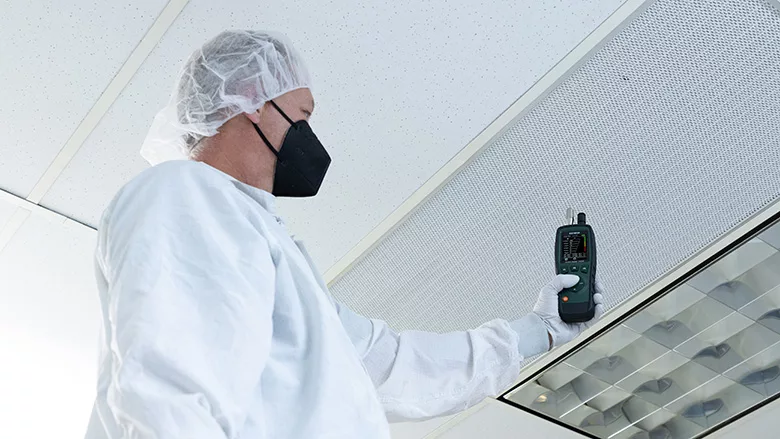
Photo: Teledyne FLIR
Restoration and remediation efforts can vary greatly depending on the source of the damage to a property. A water line break might allow homeowners to respond immediately, shutting off the water and preventing further damage. Quick access to the property enables faster drying, reducing the risk of mold growth and other structural issues. In contrast, if a homeowner isn’t home, and the water floods for an extended time, this scenario creates far bigger issues for a property and its owners.
Additionally, hurricane or flood damage often leaves homes inaccessible for days or weeks, significantly delaying inspections and restoration. This lag increases the likelihood of increased dangers in these properties, including severe mold or structural issues. The difference in response time and accessibility creates distinct challenges for restoration professionals in both scenarios. Knowing the origin of the damage provides indicators on the potential dangers within a location. This information is critical for teams when deciding the appropriate personal protective equipment (PPE) to wear on the job. Because they lack specifics, most pros initially err on the side of caution and wear maximum-level PPE to ensure the safety of their teams.
To help identify the various dangers, restoration and remediation teams should use tools and specialized meters, such as moisture, gas, and particulate detectors, to evaluate hazard levels, from water damage to air quality, including toxic fumes. These tools provide information and precise data, allowing restoration teams to determine the risks and select the most appropriate PPE for the task.
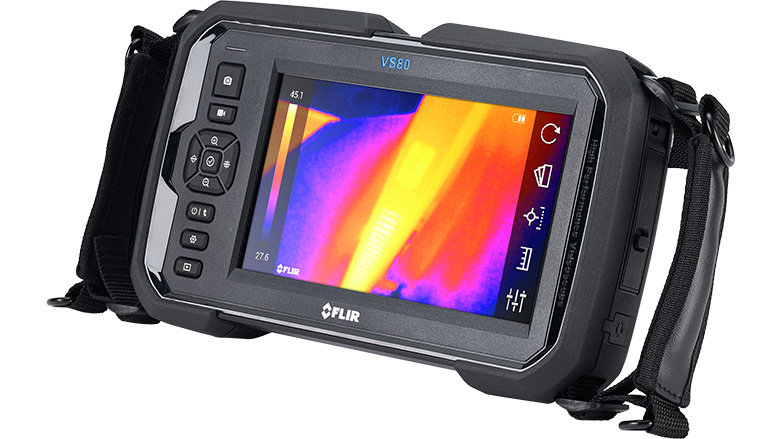
Photo: Teledyne FLIR
To start, a handheld thermal camera is a versatile tool teams can use to explore a property and uncover multiple issues. Thermal cameras detect surface temperature differences caused by moisture evaporation or thermal bridging. Moisture or high humidity in a space creates ideal environments for mold growth. A thermal camera can also help uncover hidden heat sources and electrical hazards, which may require specialized abatement procedures and PPE, such as Class E hard hats or insulated gloves.
Disaster restoration contractors should carry moisture meters and other tools to measure moisture and humidity. Some moisture meters now include integrated thermal cameras, such as a moisture meter, which also contains a hygrometer. With it, pros scan walls and floors with the thermal camera to determine location of moisture, then use the pinless moisture meter to measure moisture content in materials, and the hygrometer to measure moisture levels in the air. Additionally, certain meters have several types of external pin probes to measure moisture in locations where the pinless meter is not as effective.
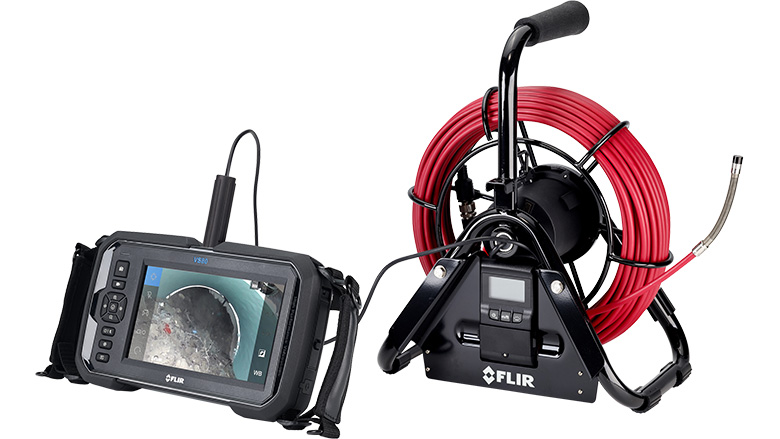
Photo: Teledyne FLIR
As teams explore and work to uncover issues in a space, a videoscope helps them access hard-to-reach or unsafe areas. A videoscope with an interchangeable thermal and visible camera probes or a combination of the two sensor types. Inspectors use videoscopes to inspect wall cavities, crawl spaces, attics, and other difficult-to-access places, allowing them to detect issues with thermal and visual images and videos from a touchscreen.
The ability to digitally transmit information directly from the camera to a software program, such as insurance estimation or project management software, can help expedite decision-making and planning after the initial analysis.
Restoration and Remediation pros also have a range of specialized meters to detect air quality. At a minimum, teams should consider meters to test particulate matter or dust levels to measure and determine the need for respirators or masks. Additionally, a volatile organic compounds meter detects harmful gases and chemicals such as benzene, common in gasoline, or other toxic chemicals, such as formaldehyde, toluene, and acetone. Knowing the presence of these gases or chemicals will help teams determine the need for specific PPE, such as Level A suits that encapsulate workers and require a self-contained breathing apparatus, in addition to chemical-resistant gloves, boots, and face protection.
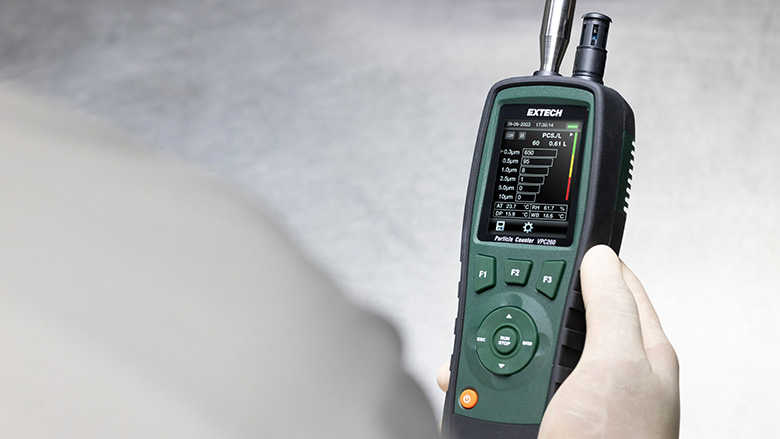
Photo: Teledyne FLIR
Finally, carbon monoxide poses a significant danger in many properties, especially in poorly ventilated areas or where motorized equipment operates. A portable, handheld carbon monoxide and carbon dioxide meter will determine the levels that can affect worker health and help teams identify and resolve the source of the issue. This is especially critical in a damaged building where existing carbon monoxide alarms may be damaged or inoperable after a storm or flooding event.
Using tools such as thermal cameras and air-quality meters is an essential first step in helping pros determine a property's health and safety. With more information and quantifiable data about the property's physical state and potential risks, teams can make more informed choices about the appropriate PPE for a given job.
In many cases, the right tools can help teams avoid wearing PPE unnecessarily, creating a more comfortable working environment; or it might help workers better understand the associated risks and compel them to introduce additional PPE they may not have considered at first, ensuring adequate protection for workers from potential dangers. Restoration and remediation professionals can use the tools available to create safer work environments, prevent accidents, and effectively mitigate property damage while adhering to safety protocols.
Looking for a reprint of this article?
From high-res PDFs to custom plaques, order your copy today!






